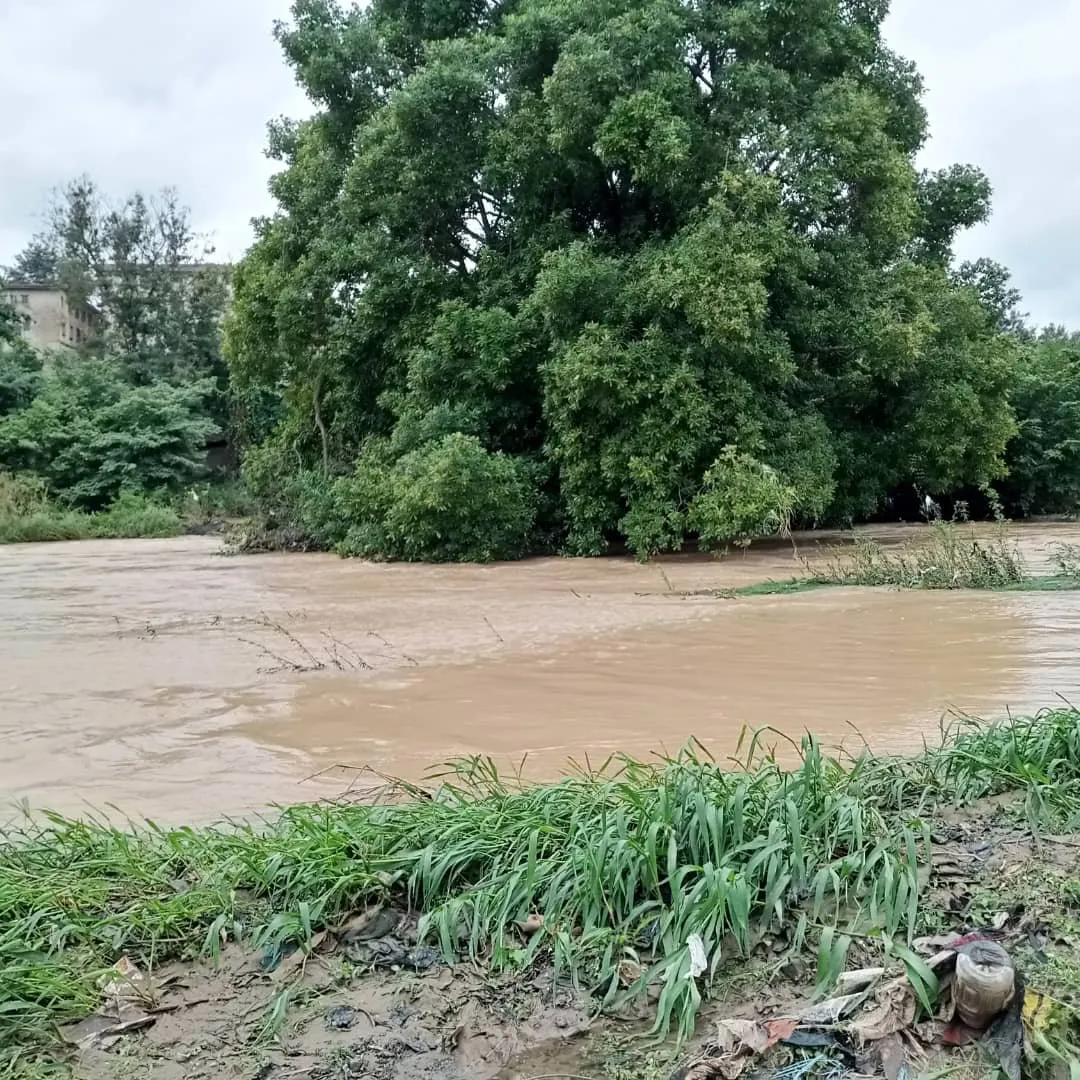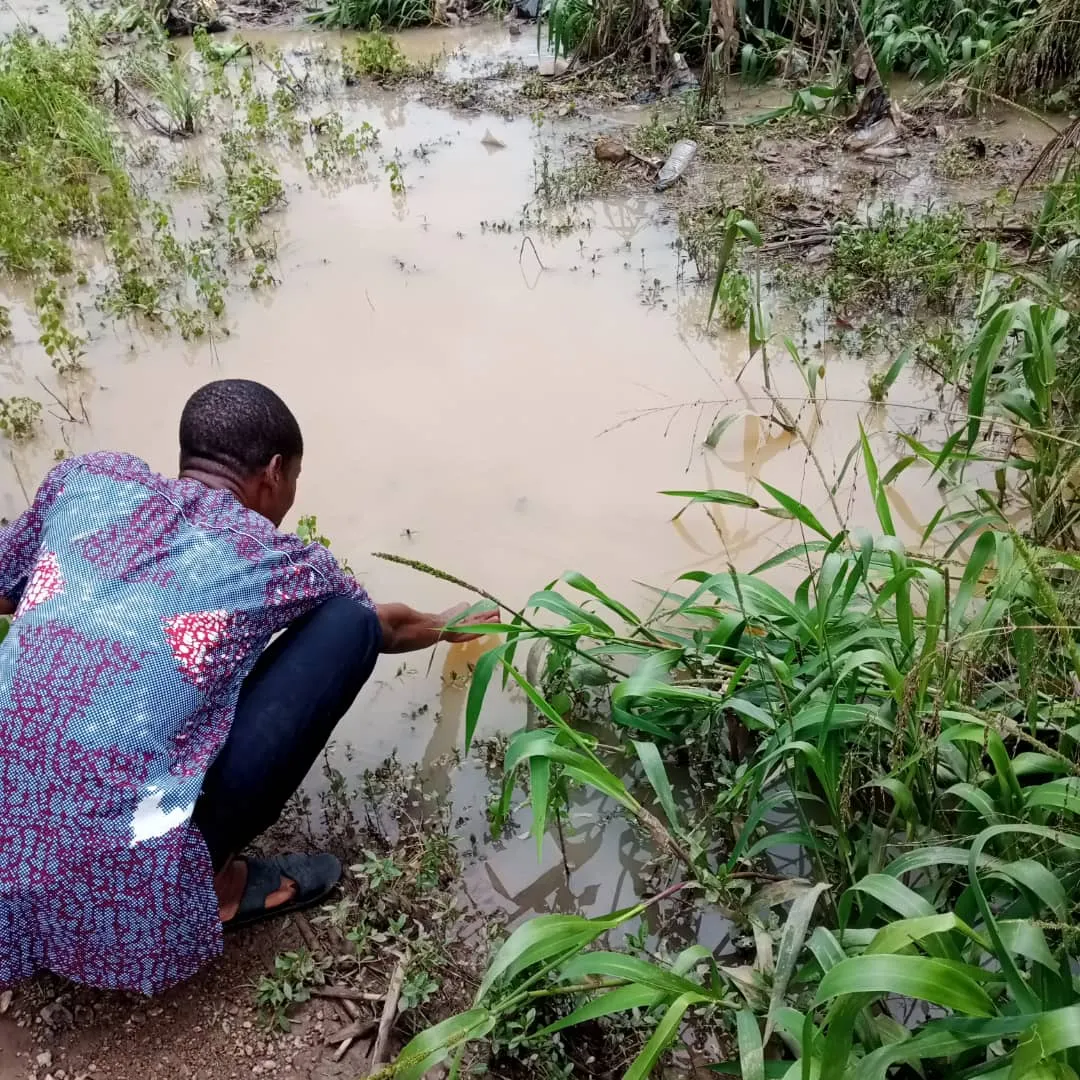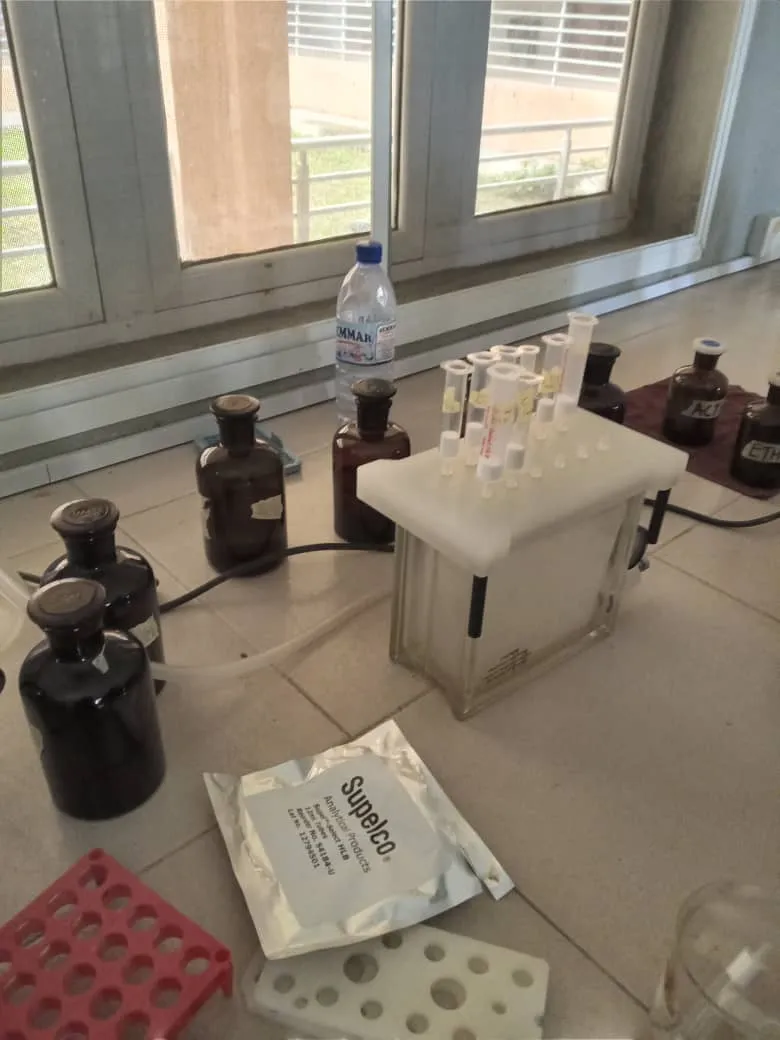I recently joined a new laboratory by the name of Africa Centre of Excellence in Water and Environmental Research (ACE WATER) suited at a private University in Ede, Osun State, Nigeria.
I will be sharing some simple laboratory techniques relating to water and environmental research in my blog, as I learn them, for the benefit of all interested people.
Today, as already indicated in the title of this post, I will be writing about antibiotics contaminants in water bodies and a laboratory techniques involves in monitoring it, namely Solid Phase Extraction (SPE).
 Solid Phase Extraction (SPE) Setup. Image by author
Solid Phase Extraction (SPE) Setup. Image by author
To start with, there are a few simple questions to answer in order to bring to live the relevance of these whole jargons to a novice.
What are antibiotics?
Antibiotics are drugs with the ability to restrain or annul the growth of micro-organisms.
Due to the effectiveness of these drugs they have been extensively used and abused both in human and veterinary medicines.
Why are they refer to as contaminants in water bodies ?
When antibiotics get into water bodies either as parent compounds from industrial effluents or as partially metabolized/parent compounds from sewage, inappropriate disposal of expired or unused drugs and so on, they come contact with bacteria in these water bodies and influence them to develop antibiotics resistance gene (ARG) to the antibiotics in question. So that when these antibiotics are used against bacteria that has developed ARG, they are ineffective. It is as if the bacteria have been immunized against antibiotics.
It therefore becomes necessary to monitor antibiotics contaminant in water bodies and correlate them with ARG in the bacteria in the said water bodies in order to take necessary steps to mitigate against the menace that is posed by these contaminants. Of course, prevention is the best solution.
Solid Phase Extraction Technique (SPE)
Now that I have dealt with the reason for monitoring antibiotics contaminants in water bodies, I will proceed to discuss a simple technique involved in the monitoring process. It must be remembered however that SPE techniques can be used for a dozen of other things besides monitoring antibiotics.
Water samples were collected from a river, an abattoir site and well-water in the community where the laboratory is suited.
 River Osun, image by author
River Osun, image by author
 Author collecting water sample from a point in the river
Author collecting water sample from a point in the river
SPE is a technique that is used basically to clean up and concentrate samples to be analyzed by High Performance Liquid Chromatography (HPLC) machine.
Here is what I mean by clean-up. Understandably, the samples that were collected from the various water sources contain possibly other contaminants aside antibiotics which are of interest to us.
With the aid of SPE, these other contaminants in the matrix of the sample are eliminated, so that the contaminants of interest are the only things to be analyzed via HPLC machine.
SPE involves four basic steps, namely:
Conditioning and equilibration of the sorbent: The sorbent to be used for the adsorption of the contaminant is conditioned with the appropriate solvent, in this particular case, methanol was used for the conditioning of the sorbent and water was used for equilibration.
The above step serve in activating the surface of the sorbent for trapping of the contaminants of interest to us.
 Image of both commercially available sorbent and those prepared in our lab. The commercially available ones (C18) are in the two outstanding syringe in the image. (Image by author)
Image of both commercially available sorbent and those prepared in our lab. The commercially available ones (C18) are in the two outstanding syringe in the image. (Image by author)
Loading: Once the sorbent has be conditioned, the water samples are loaded on the sorbent.
Washing: The above step is followed by washing out other components of the sample matrix that are not of interest to us with the appropriate solvent.
Elution: Once the other components in the sample matrix has been washed out, the contaminants of interest to us, which are antibiotics in this case, is eluted or desorbed from the surface of the sorbent.
The sample is then dry to remove the solvent and thereafter reconstituted before being taken to the HPLC machine.
In summary, it is important to monitor the level of antibiotics contamination of the environment generally, in order to take necessary actions to minimize the ecological risks that are association with such environmental pollution. SPE is a simple analytical technique that is utilized in clean-up and concentrating samples to be analyzed by HPLC.
Thank you for stopping by.
